The University Archives has created an exhibit, running June 1 – October 31 2018, looking back at the history of the school. For each month the exhibit is open, we will feature in our blog one of the 5 themes of the exhibit: 5 pivotal moments in Ryerson’s history, Student Groups and Clubs, Student Government, Student Housing, and Athletics and Intramurals.
For July’s blog – let’s explore the history of Student Groups and Clubs at Ryerson.
In the late 1940s, there were only a handful of student groups and clubs. The “Hi Ho” Riding Club gathered approximately 40 students every Saturday at the Three Gaits Riding Club in the east end of Toronto. More than just horsing around, the afternoon of riding lessons also included a time to socialize with refreshments and dancing.
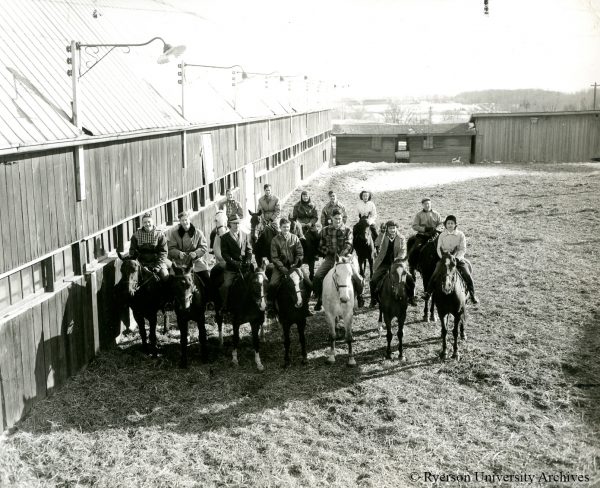
The Circle K Club at Ryerson was founded in 1952 as part of the Kiwanis community service organization. The club organized creative fundraisers such as dance marathons, car rallies, movie nights and blood drives to provide funding for first-year students with financial difficulties. The RyeHam Amateur Radio Club was established in 1953 to provide a space for Ham Radio enthusiasts to improve their skills. The club’s station VE3RIT was located in the basement of Kerr Hall. RyeHam gathered amateur radio contacts from over 150 countries, and offered a radio messaging service to both international and out-of-town students. The club’s activities included sponsored auctions, antenna-fixing parties and a portable operations set up during student orientation on the Toronto Island. By 1956, the club had 42 members, 12 of whom were licensed amateur radio practitioners.
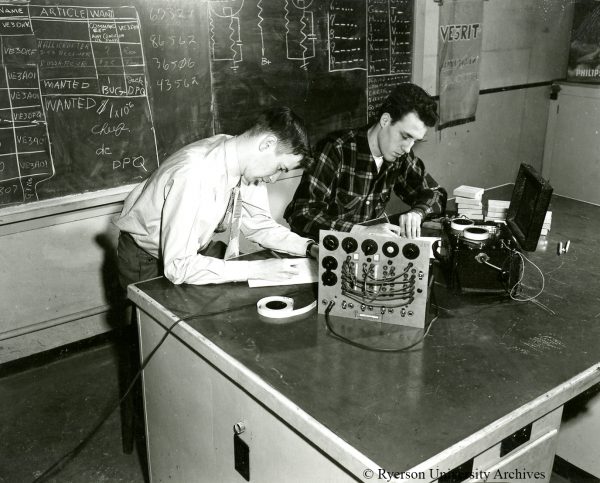
By the 1960s, there were over 30 student clubs and societies organized by undergraduate students. The Ryerson Ski Club had one of the largest memberships on campus. The purpose of the club was to promote skiing as either pleasure or competitive sport, through the use of guest speakers, films and workshops. A typical club meeting included a slide show from the previous year’s fun weekend on the hills and a demonstration by a certified ski instructor on a synthetic slope.
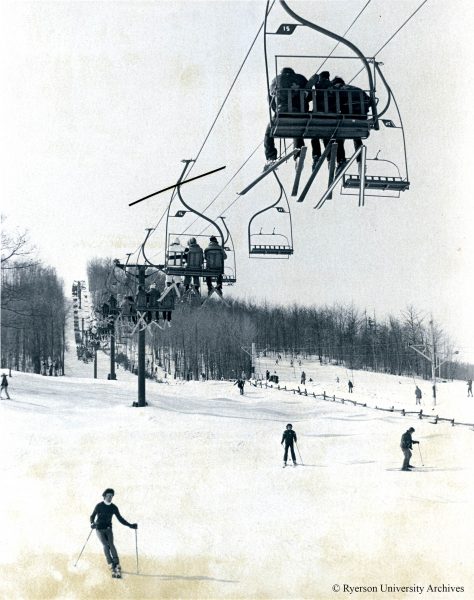
In the 1970s, Ryerson International Student Club (RISC) was one of the most progressive and largest social groups on campus. It was established to support the interests of international students, which was approximately 1 out of 10 students attending Ryerson at that time. One of the club’s major accomplishments was removing the mandatory attendance of student police at dances. RISC organized debates, tours, dances and had a reception committee to welcome international students to Ryerson and support their arrival to Canada.
Student groups also include religious, political and cultural-based associations. Two of Ryerson’s largest cultural student association are the Chinese Student’s Association and the Caribbean and African Student’s Association.
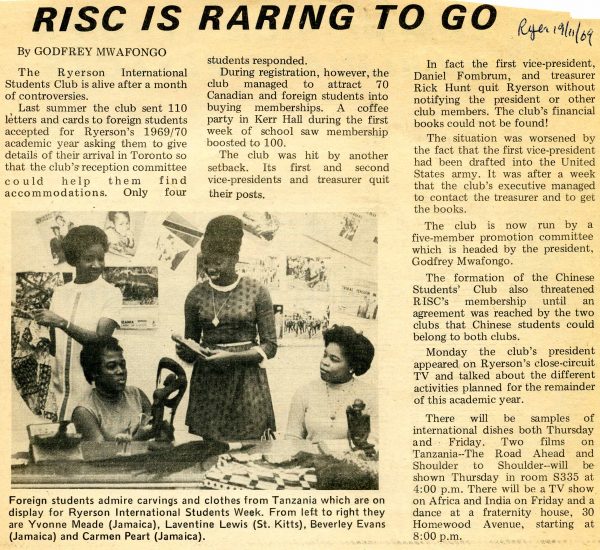
In the 1980s, the Ryerson Women’s Centre was finally recognized as an official student organization, with the goal to improve the status and condition of women at Ryerson through education and action. The Women’s Centre is the student union’s oldest community service. In 2012, the organization changed its name for The Centre for Women and Trans People. This pioneer student centre led the way for other student equity service groups such as RyePride and the Racialized Student Collective.
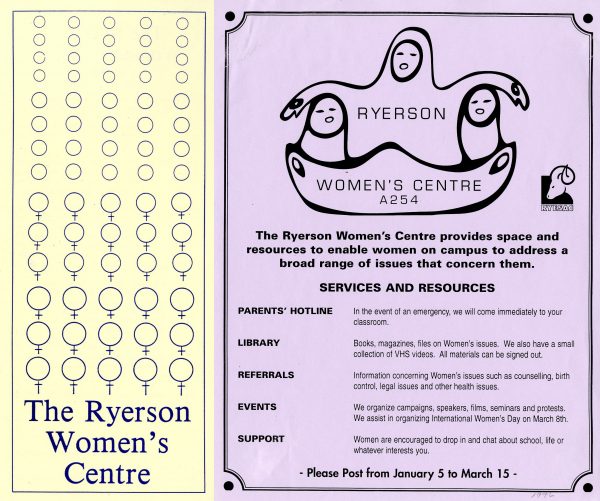
Today, the Ryerson Student Union funds and supports over 200 Student Groups, Course Unions, and Graduate Student Associations. Stay tuned for next month’s post where we will look at the evolution of Ryerson’s student unions.